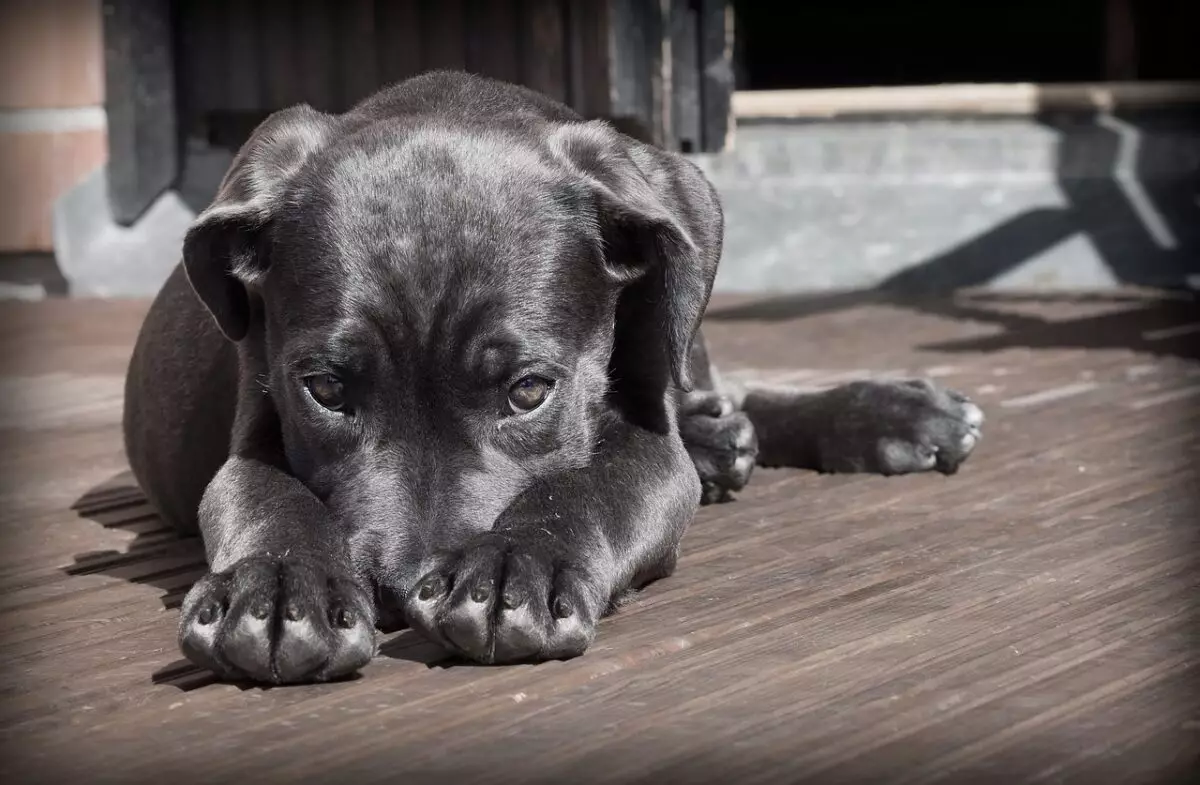As a pet parent, encountering the “guilty look” from your dog can be a disheartening yet oddly amusing sight. Those large, expressive eyes accompanied by a lowered head and drooped ears seem to spell out regret for some mischief, such as shredded cushions or a toppled trash can. However, emerging research suggests that this reaction might not stem from genuine guilt as humans understand it. Instead, dogs may be responding to our emotional cues rather than reflecting an internal sense of remorse.
The fundamentally different experiences of dogs compared to humans regarding emotional responses is crucial to recognizing the nuances of their behavior. The complex human emotion of guilt involves an understanding of consequences and regret, a cognitive capability that dogs might lack. As social animals, their evolutionary journey alongside humans has honed their ability to read subtle human signals, thus shaping their responses to perceived negative emotions.
Perception and Reaction: The Dog’s Response System
Dogs are notably sensitive to human vocal tones, body language, and even micro-expressions. For example, an owner’s stern voice or harsh demeanor can signal disapproval, prompting a dog to adopt a submissive posture in an effort to appease. This behavior signals an attempt to diffuse a potentially confrontational situation rather than an articulation of guilt over a misdeed.
When encountering signs of discontent from their human companions, dogs often react instinctively. A lowered head, avoidance of eye contact, or a tucked tail are not admissions of wrongdoing but rather appeasement behaviors, intertwined with their instinctual efforts to maintain pack harmony. In essence, the “guilty look” is often a well-timed performance, designed to smooth over any implicit tension that arises in their interactions with humanity.
The Conditioning of Canine Behavior
Dogs develop associations between specific actions and anticipated reactions from their owners, which can lead to behaviors that appear guilt-driven. For instance, if a dog has been scolded for rummaging through the trash in the past, it will begin to associate any inappropriate behavior with likely repercussions. In such cases, a dog’s “guilty look” emerges not from an understanding of their actions but from a learned response to the specific circumstances.
This conditioned behavior underscores a critical distinction: the look interpreted as guilt is often a manifestation of anxiety or fear associated with past experiences rather than true remorse. This differentiation is essential for dog owners to comprehend, as it informs how we choose to address misbehavior.
Tracing back to their wild ancestors, dogs exhibit behaviors that maintain social equilibrium within their packs. Submissive gestures play a foundational role in avoiding conflict. When faced with the disapproval of their owners or other dominant figures, dogs may instinctively revert to these actions—such as avoiding direct eye contact—as they seek reassurance and stability.
In a domestic environment, these patterns manifest as what we perceive as guilt. Dogs aren’t expressing regret; they’re instinctually attuned to our emotional state and responding to it. Recognizing this instinctual behavior gives dog owners a new perspective on managing their pet’s reactions and interactions.
A Misinterpretation of Emotions
Humans often fall prey to anthropomorphism, attributing human feelings to animal behavior. When observing a dog’s “guilty look,” we may automatically assume a connection to emotions we understand, which can often lead to misplaced interpretations. Instead of recognizing a dog’s behavior as a response to the situation, owners might mistakenly consider it an acknowledgment of wrongdoing.
By viewing the dog’s reaction through our own emotional lens, we risk misunderstanding their true intent. It’s essential for dog owners to analyze their relationship with their pets and adjust how they respond to behaviors that evoke these ‘guilty’ appearances.
In recognizing that dogs do not process guilt in the human sense, owners can adapt their training and behavioral reinforcement strategies. Implementing positive reinforcement techniques not only supports a dog’s emotional well-being but also fosters a more trusting relationship. Rather than focusing on punishment for undesirable behavior, rewarding positive actions encourages an environment where the dog feels secure and valued.
Setting a positive tone can change how dogs interact and respond to their owners’ emotions. Instead of inducing a fear response with negativity, cultivating trust enables dogs to express themselves freely without resorting to appeasement behaviors driven by anxiety.
Recognizing Emotional Intelligence in Dogs
While dogs may not experience guilt as humans do, their emotional intelligence is sophisticated in its own right. They showcase a spectrum of emotions such as joy, fear, and excitement, all while maintaining deep bonds with their human companions. Acknowledging this complexity encourages a more respectful and understanding relationship, ultimately elevating communication between the two species.
The next time your dog flashes that unmistakable “guilty look,” consider that it may not be an expression of wrongdoing but a reflection of your own emotional state. By understanding the motivations behind this behavior, dog owners can foster a more empathetic and reinforced bond with their canine companions, transforming perceived guilt into a deeper connection rooted in trust and understanding.


Leave a Reply